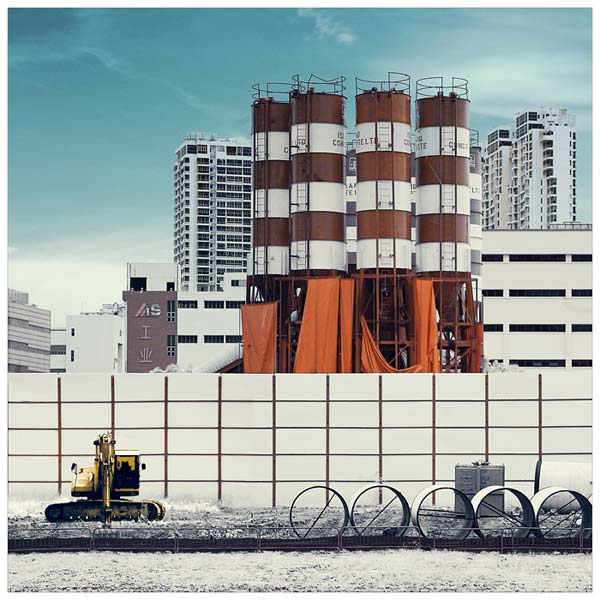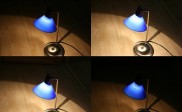Industrial Photography Tips and Techniques
Industrial photography can be challenging as it usually involves taking shots of large objects that are difficult to frame. These photographs are generally of products, equipment, machinery, workers, and company officials. These may not be very eye catching by themselves so the photographer will also need to make the photographs enticing. They have to be interesting and attractive so that they capture the attention of the viewers. Here are a few tips and tricks that help the industrial photographer take great shots.
1. Exposure technique: You will need to have a thorough understanding of exposure and how to manipulate it to achieve the best results. You should be able to accurately measure the brightness of light, and exploit the availability of light normally associated with industrial areas. This is important, as you will encounter ambient light which will most times produce a contrast variation which exceeds that of your digital image sensor or film.
2. Visit the area before the actual shoot: Get familiar with the object and its surrounding by visiting and asking the manager to give you access to area. Ask that the machinery be cleaned so that there are no oil and/or grease marks. If it is needed, also request that the necessary paint jobs or any other adjustments be made before the date of the shoot.
It is important that you do some preshoots using digital photography to do your preview. Doing a preview of the area will help you to identify the scope of preparation the object and/or area will need. Reshoots for industrial scenes are expensive and disruptive to the production process so you will want to get it right the first time. If people will be included in the shot make your request for them to be in the overall and safety gears. If there are no overalls (if managers will be in the shot) then ask that they wear a suit and hard hat.
3. Equipment: A tripod is a must for such shoots. If there is no tripod then ensure that you place the camera on a surface where it will not shift and there will be no camera shakes. This is important as many machines feature very straight lines that even a slightly tilted camera can distort so that they look strange.
4. Taking the shot: You can record an artistic blur by using slow shutter speed and capture movement. If there are shadow areas on or around the image, you can use reflectors to achieve the desired result. The tripod is absolutely essential to keep the camera steady.
5. Lighting and contrast: Industrial areas usually have a number of light sources which can make the shoot difficult. The focus of the shoot will be large machines which are made out of steel and will reflect light. Using artificial lights will be a huge challenge. Taking the shots on an overcast day will help to reduce the amount of reflection you will have to deal with. Cooler tones works best in this type of environment.
If you are required to take exterior pictures of the building you can take advantage of the lighting that is provided on the industrial plant. The greater advantage may be taking the shot at dusk. Using high contrast mode for industrial pictures will often produce better results. Set your camera to the correct mode before taking the shots. If there is a lot of steel use apertures of f8 or f11 for your shots as this tends to look better on steel.
Similar to other areas of photography, industrial photography is challenging, but definitely not impossible for you to conquer. Using the right techniques makes anything achievable.




